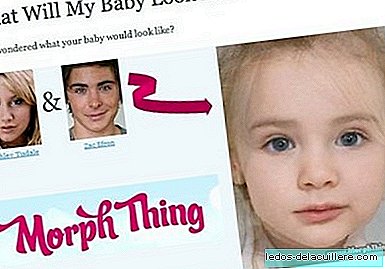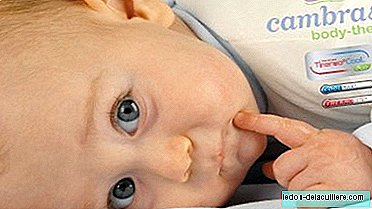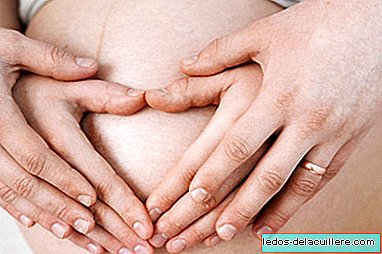
The growth and weight control graphs have become an important reference element in pediatric consultations, however they are a double-edged weapon since they are not a diagnostic means, but a screening measure (a clue about something it could be going wrong) and often They are not interpreted correctly.
This means that low weights or heights are diagnosed in babies who do not really suffer from it, resulting in unnecessary supplements, exchange of breast milk for artificial milk and even the introduction of complementary feeding ahead of time.
In this video Carlos González explains the correct interpretation of the tables. I consider it essential both for mothers and fathers who want to understand the size and weight screening performed on their children and for the professionals who carry it out.
I have made a basic summary of the topic for those who prefer to read it: The characteristics of breastfed children do not fit the graphics used so far that were made based on children fed with artificial milk. That is why WHO has published tables that determine the expected growth standards for children around the world.
Lactating children follow a somewhat different pattern. At first they gain a little more weight than those fed with artificial milk, but then, after 6 months, it is children fed with artificial milk who tend to gain more weight. Numerous studies talk about this issue by associating artificial milk feeding with a higher probability of suffering from childhood obesity.
Describing the tables
The best known term in the tables is the percentile. We hear it often: "Juan is in the 25th percentile," and we say it a lot, but often we don't know what it means.
Percentile means percentage. Something like "per cent" (percent). The tables mark from the 3rd percentile to the 97th percentile.
To make these tables a large number of healthy children which is weighed and measured to then establish what is the usual weight and size and what is the expected growth.
The height
To explain the height assessment, I will give an example: they take 100 healthy children and line them up from the shortest to the tallest.
If they tell you: “your son is in a 25th percentile height” they are telling you that he is in position 25. This means that he will have 75 children ahead, who will be taller than him and 24 children behind, shorter that he.
If instead they tell you: “your son is in a 97th percentile height”, they are telling you that there are 3 children taller than him, but 96 who are shorter, being the 100 children considered healthy.
The factors that affect children's height are:
- Genetics: If the parents are short, most likely (and almost forced) is that the child is short.
- Food: In our environment is not related. It would only affect height if the child were really malnourished (developing countries). The typical advice of increasing food intake to increase size it does not make any sense. The result will be an equally short child who will gain weight (if he accepts that extra food).
- Hormones: There are several hormones that regulate the growth of children. If there is a problem with any of them, it can lead to a decrease or increase in expected growth.
- Chronic diseases: Some diseases alter the usual growth rate. When treated, the child grows back normally.
In the next few days I will publish the second part of the summary ...
Video | Tu.tv, The World of Armandilio (the same video in 4 parts with higher quality) More information | OMS, OMS (tables in Spanish) In Babies and more | How much will it measure ?, New pattern of child growth, What percentile is your baby in












